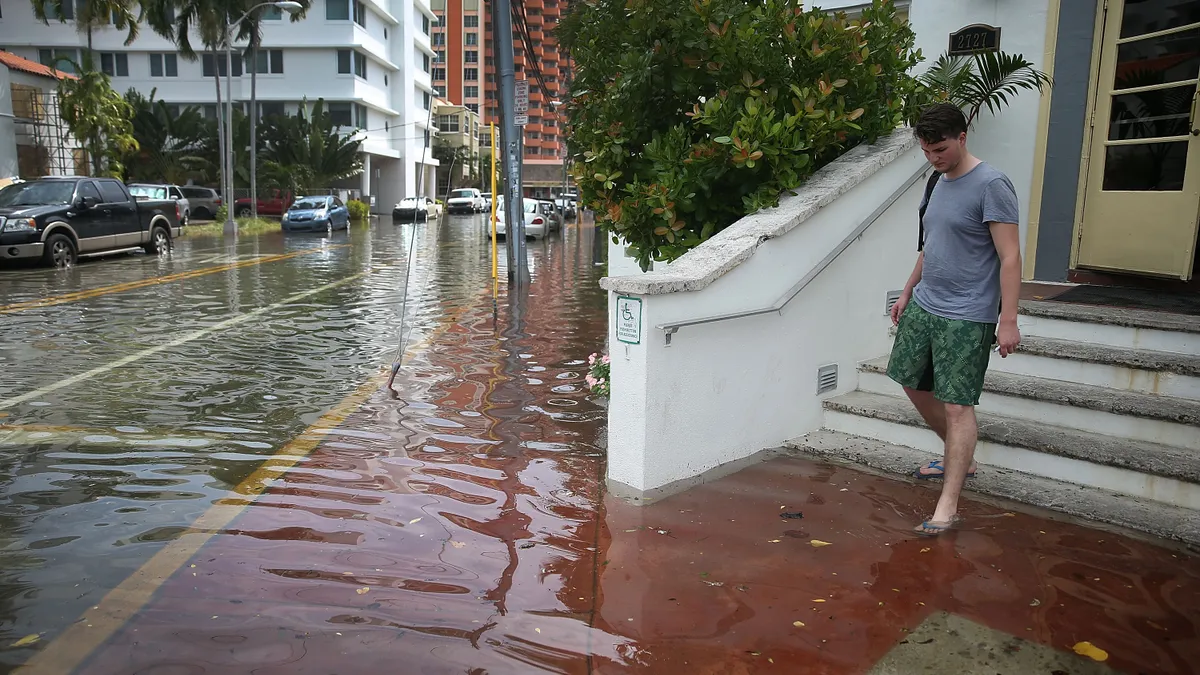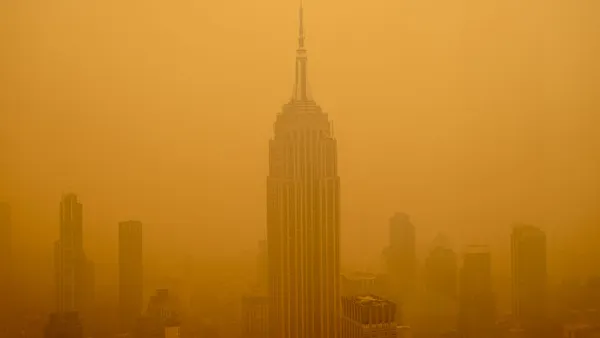Despite finite resources, cities must adapt to climate change impacts and also continue working to reduce their carbon footprint, city officials and climate adaptation experts said at a Cities Climate Action Summit panel last week.
“It’s a false trade-off,” said Kit England, senior climate adaptation specialist at consulting firm Paul Watkiss Associates. While it’s likely global warming will exceed 1.5 degrees Celsius above pre-industrial levels, he said, every ton of greenhouse gas emissions avoided still lessens future climate change-related costs and impacts.
Jane Gilbert, chief heat officer for Miami-Dade County, Florida, said “we’re shooting ourselves off” by adapting to a warming world without reducing emissions. Los Angeles Deputy Mayor for Energy and Sustainability Nancy Sutley agreed: “This idea that we can separate the two, it doesn’t really work for us,” she said.
Cities should pursue projects that simultaneously protect communities and infrastructure while reducing emissions, panelists said. “A resilient building is also a low-carbon building,” Gilbert said. “A resilient coastline is also one that has a lot of nature-based features and is sequestering carbon.”
Sutley pointed to the city-owned Port of Los Angeles, the Western Hemisphere’s busiest seaport in a city notorious for poor air quality. Powering the port with clean electricity would not only slash greenhouse gas emissions but remove air pollution that inundates surrounding neighborhoods, she said.
Integrating climate mitigation and adaptation isn’t always simple. For example, Miami-Dade County announced last year that it would spend millions of federal American Rescue Plan dollars on 1,700 air conditioning systems for public housing residents “to make sure that lives are saved” during extreme heat, Gilbert said. Although the AC units will be energy efficient and paired with energy efficiency retrofits and weatherization of buildings, Gilbert acknowledged this effort will result in a “slight uptick” in energy use.
England, the climate adaptation consultant, called air conditioning expansion a “maladaptation” that “locks in carbon emissions” and increases dependency on decarbonizing the grid. He pointed to “low-regret” solutions cities can take to adapt to extreme heat, such as issuing public guidance on what people should wear in a heat wave and expanding the urban tree canopy to keep neighborhoods cool.
The biggest challenge for most cities is that they are either unaware of or lack the confidence to implement emerging solutions that have not had decades of testing, said Mike Lake, president and CEO of the nonprofit Leading Cities. He also stressed that not all climate solutions need to be high-tech.
England advocated for a shift in the narrative around adaptation. Rather than framing it primarily as a way to reduce climate risk and costs, governments should communicate it as a key part of building a “booming economy” and improving residents’ quality of life.
The thriving city of the future will be greener, fresher smelling, denser and quieter, he suggested.












